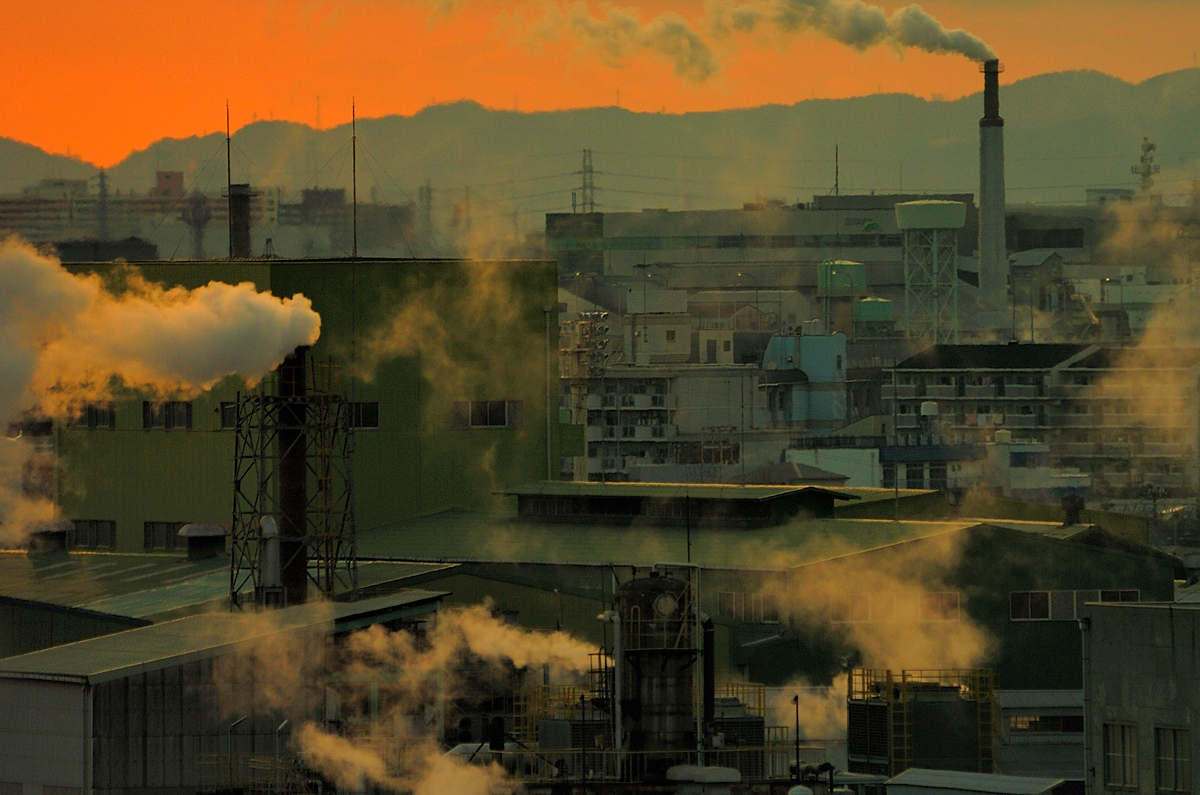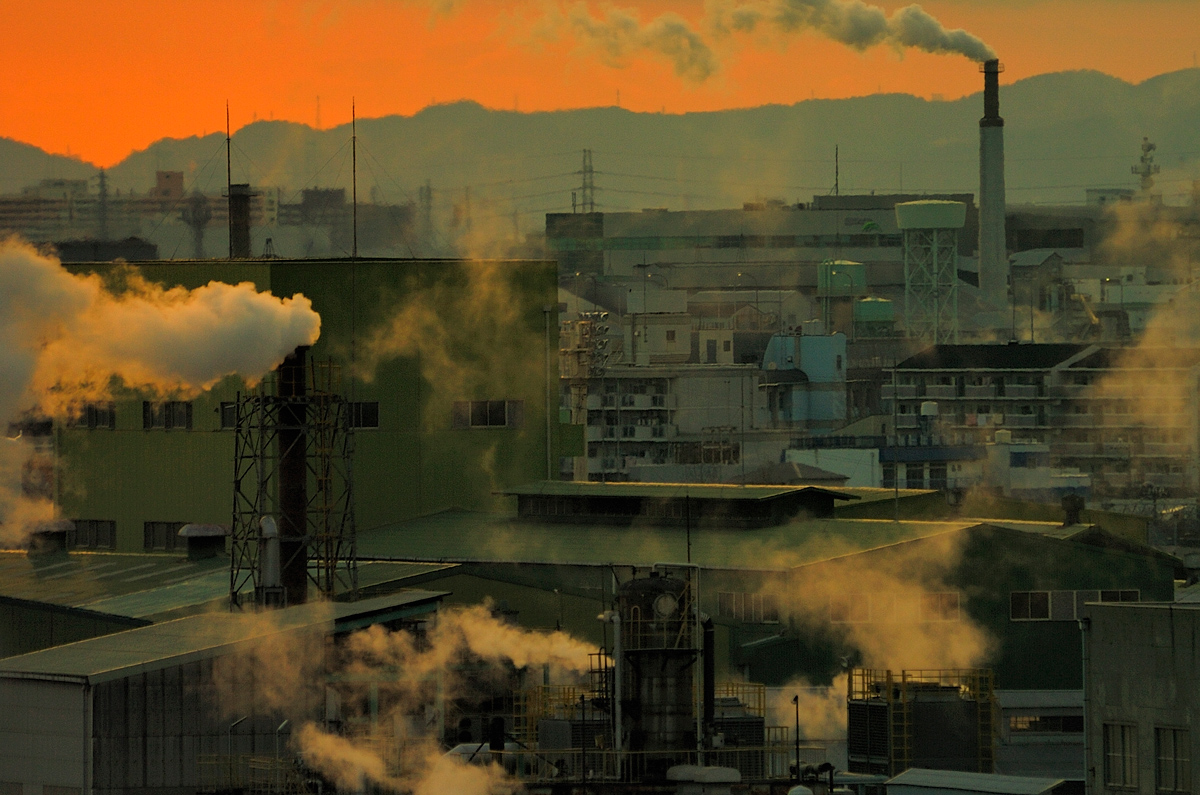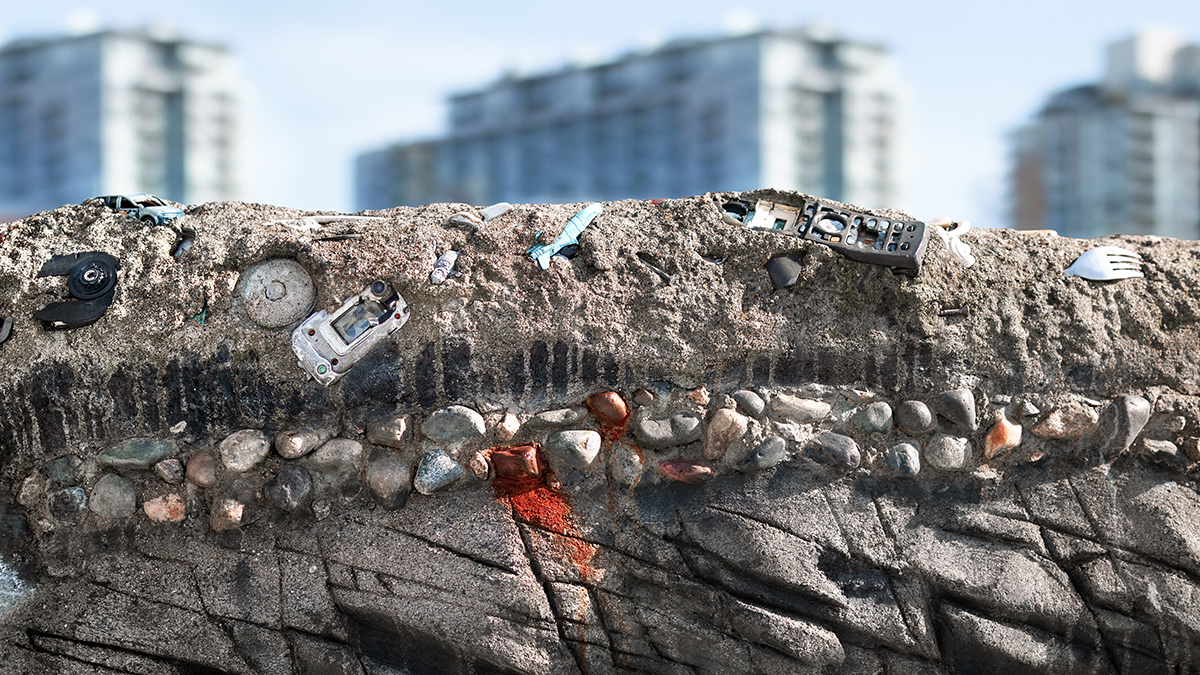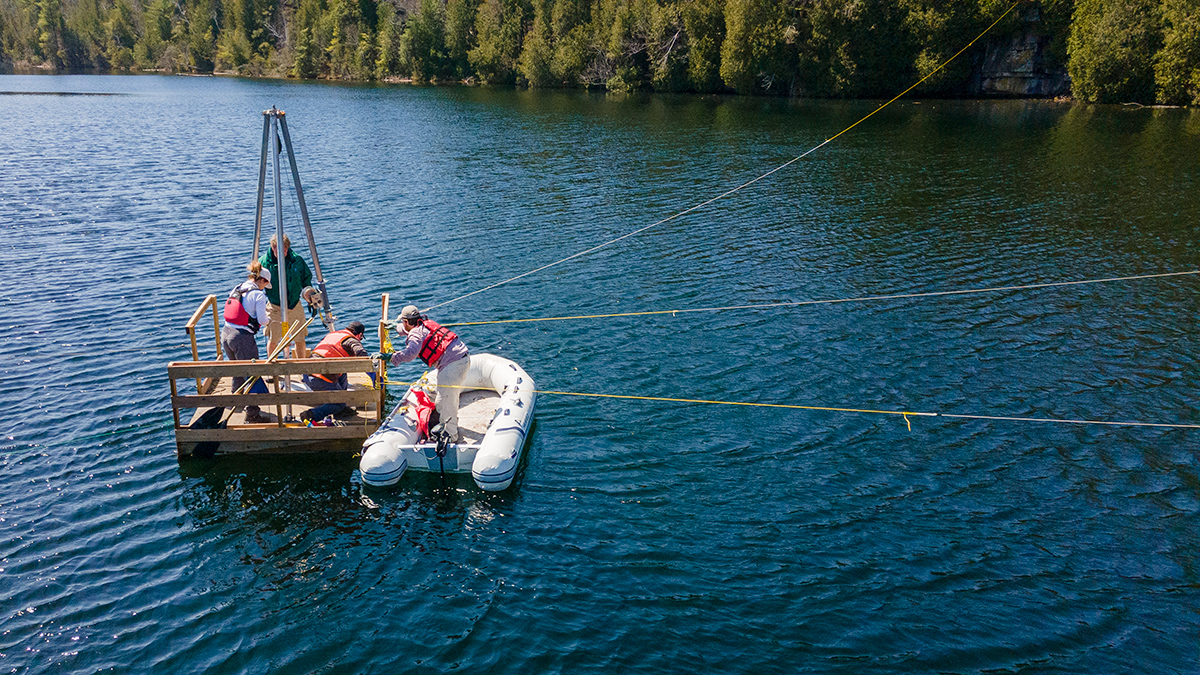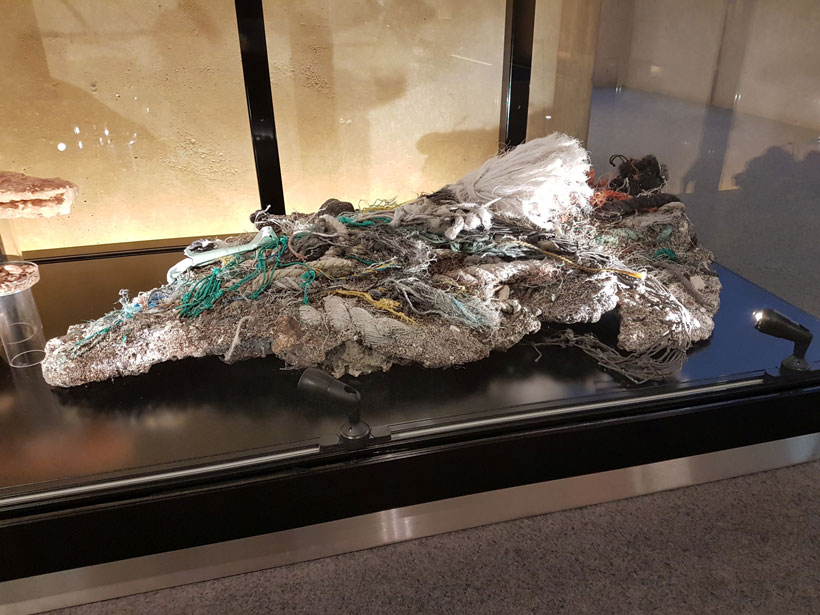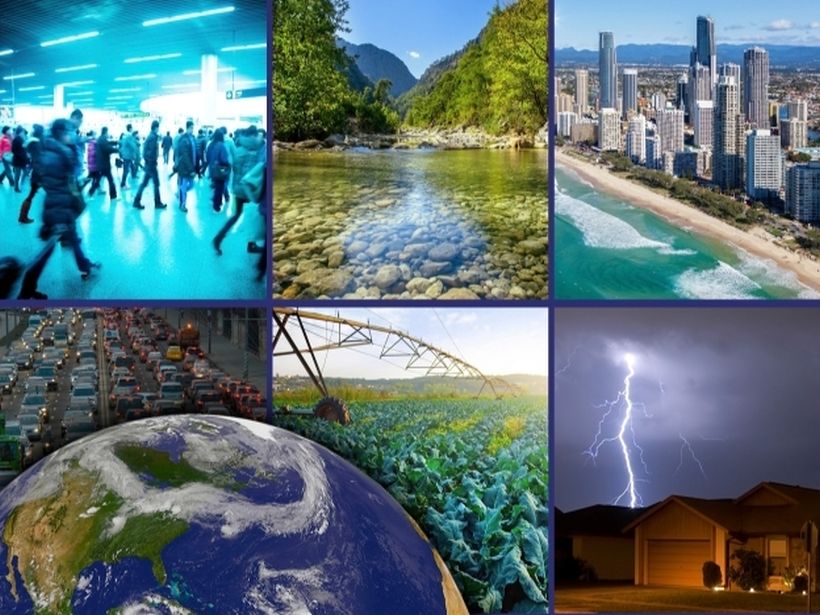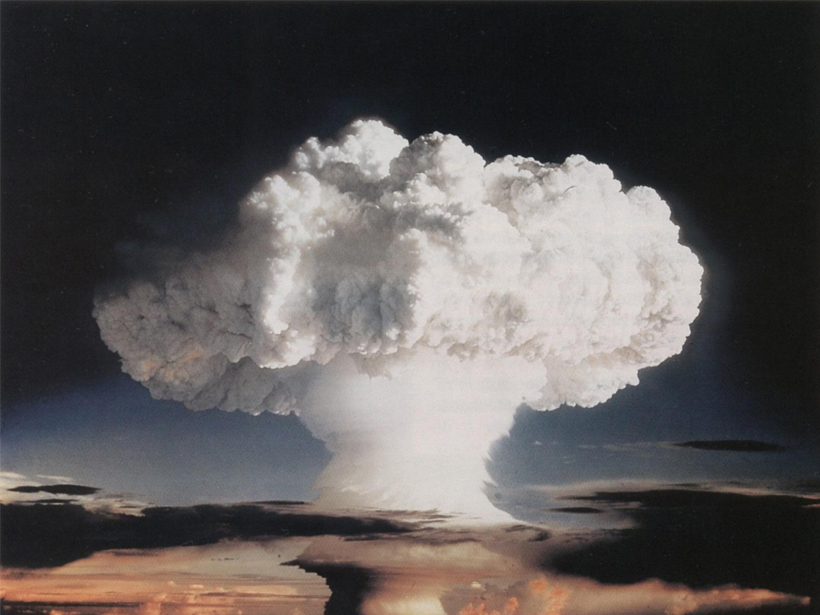国际地质科学联合会选择不指定新的地质时代,但这个问题还没有得到解决。
Anthropocene
El Antropoceno merece reconocimiento oficial, sostienen algunos expertos
La Unión Internacional de Ciencias Geológicas decidió no designar una nueva época geológica, pero el asunto aún no se ha resuelto.
Anthropocene Deserves Official Recognition, Some Experts Maintain
The International Union of Geological Sciences chose not to designate a new geologic epoch, but the matter is not yet settled.
What’s Next for the Anthropocene?
Researchers weigh in on the meaning and aftermath of the decision to reject designating “Anthropocene” as an official geological epoch.
A Lake Paves the Way for Defining the Anthropocene
Scientists recently voted to designate Crawford Lake, a small body of water in southern Canada, as the reference site of the “Age of Man.”
La dificultad de definir el Antropoceno
Los humanos pueden estar en una nueva época geológica, el Antropoceno, pero diferentes grupos definen su comienzo en diferentes momentos. ¿Cuándo debería haber comenzado el Antropoceno?
The Difficulty of Defining the Anthropocene
Humans may be in a new geologic epoch—the Anthropocene—but different groups define its start at varied times. When should the Anthropocene have begun?
Here Comes the Anthropocene
Two recent papers in Earth's Future discuss the addition of a new epoch to the geological timescale.
Scientific Study Group Favors Recognizing Human-Influenced Epoch
A formal proposal could take 3–4 years to prepare and then would require evaluation and approval by other scientists.
Watch Your Language
Legacy words and the search of a new human-environment dynamic

